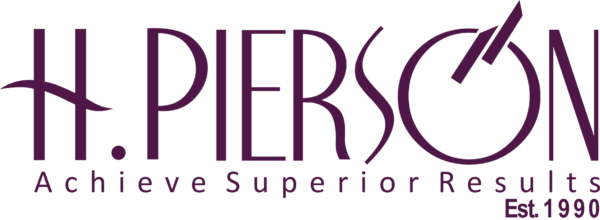October 2, 2025 Board
Cloud computing has become the backbone of modern business, powering everything from customer platforms to AI-driven analytics. Across Africa, organizations are rapidly migrating workloads to global hyperscalers such as Amazon Web Services (AWS), Microsoft Azure, and Google Cloud. This shift promises scalability, speed, and cost efficiency. Yet it also introduces new risks (cloud concentration, escalating costs, and rising demands for data sovereignty) that boards can no longer ignore.
The Concentration Risk
Many African enterprises rely heavily on a single cloud provider to host critical services. While this simplifies operations in the short term, it creates strategic vulnerabilities. Outages, contract disputes, or geopolitical tensions can disrupt mission-critical processes with little warning. Global regulators are beginning to recognize this systemic risk. In some markets, financial institutions are already required to demonstrate exit strategies or multi-cloud plans to reduce dependence on a single provider.
Boards should ask management to identify “single points of failure” in their cloud strategies and to develop cloud concentration risk frameworks. This includes plans for workload portability, exit clauses in vendor contracts, and clear service-level agreements (SLAs) that define penalties for downtime.
The Cost Governance Challenge
Cloud services are often billed on a usage basis, which can lead to budget surprises as data volumes and AI workloads grow. Without strong governance, costs can spiral as departments launch new applications or scale AI experiments. Emerging best practices such as FinOps (financial operations for cloud management) help organizations monitor usage, allocate costs to business units, and forecast spend. Boards should require regular reporting on cloud expenditures and insist on dashboards that track unit economics, particularly as AI adoption accelerates.
Digital Sovereignty Pressures
Beyond cost and concentration, data sovereignty is gaining prominence in Africa. Countries including Nigeria, Kenya, and South Africa are tightening requirements for where sensitive data must reside and how it can be transferred across borders. For organizations in regulated sectors such as banking, healthcare, and government services, compliance with these rules is a board-level responsibility. Boards need to ensure that management defines data residency guardrails before deploying new workloads or AI pilots that handle personal or critical data.
Practical Actions for Boards
- Approve a Cloud Concentration Risk Strategy
Require management to present mitigation plans, including multi-region or multi-cloud resilience for mission-critical workloads.
- Mandate FinOps Practices
Establish policies for continuous cost monitoring, usage forecasting, and executive-level reporting to prevent waste.
- Define Data Sovereignty Guardrails
Ensure legal, risk, and technology teams collaborate to meet local data residency and privacy requirements before launching new projects.
The Board Advantage
By addressing cloud concentration, cost governance, and sovereignty in tandem, African boards can strengthen operational resilience, negotiate better vendor terms, and avoid regulatory penalties. These actions not only protect the organization but also build investor confidence that the company can grow sustainably in an increasingly digital economy.
Cloud is the engine of digital transformation, but without informed oversight, it can also become a source of hidden risk. Boards that act now will safeguard their organizations while unlocking the full value of cloud innovation.











